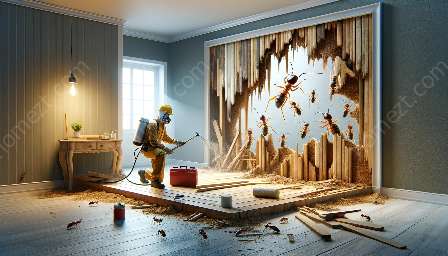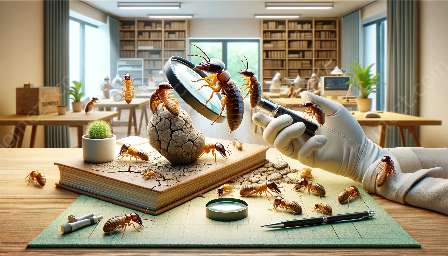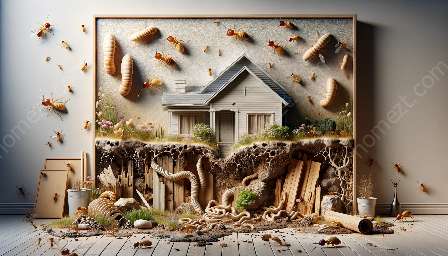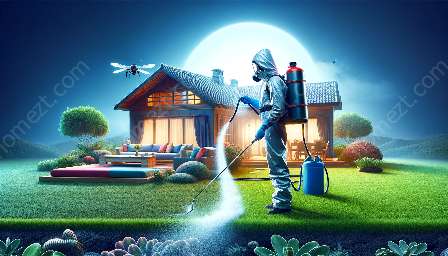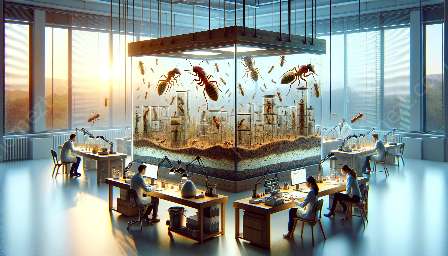Termites can wreak havoc on homes and structures, causing extensive damage. It's essential to explore comprehensive termite treatment options to effectively manage and prevent infestations. In this guide, we will delve into the various strategies for termite control and how they align with pest control practices.
Understanding Termites
Before delving into treatment options, it's crucial to understand the behavior and biology of termites. Termites are social insects that live in colonies, where they work together to gather food and build their nests. They feed on cellulose-based materials, such as wood, paper, and plant debris. Due to their destructive nature, effective termite control is necessary to protect structures from potential damage.
Termite Inspection
Effective termite control begins with thorough inspection. Professional pest control experts can conduct comprehensive termite inspections to identify potential infestations and assess the extent of the problem. During the inspection, they look for signs of termite activity, including mud tubes, wood damage, and discarded wings. By identifying the source of the infestation, targeted treatment can be initiated.
Termite Treatment Options
When it comes to termite treatment, several options are available. Each method has its advantages and considerations, making it important to choose the most suitable approach for your specific situation. The following are some common termite treatment options:
- Chemical Treatments: Chemical treatments involve the application of liquid termiticides or bait systems to create a protective barrier around the structure. These treatments can effectively eliminate termites and prevent future infestations.
- Baiting Systems: Baiting systems utilize bait stations strategically placed around the property to attract termites. Once termites feed on the bait, they carry it back to the colony, effectively eliminating the entire population.
- Wood Treatment: Wood treatment involves applying termiticide directly to wooden elements within a structure. This method provides targeted protection for vulnerable areas.
- Barrier Treatments: Barrier treatments create a physical barrier around the perimeter of the property, deterring termites from accessing the structure and potential entry points.
Integrated Pest Management
Integrated Pest Management (IPM) involves the use of environmentally sensitive and sustainable pest control strategies. When it comes to termite control, IPM emphasizes a holistic approach, combining various methods such as habitat modification, moisture control, and physical barriers to prevent termite infestations without relying solely on chemical treatments.
Preventive Measures
Besides treatment options, implementing preventive measures is critical for long-term termite control. This includes addressing moisture issues, sealing entry points, and conducting regular inspections to detect and address potential vulnerabilities before they escalate into full-blown infestations.
Professional Expertise
While DIY termite treatments may seem tempting, consulting with professional pest control experts is highly recommended. They have the expertise, tools, and knowledge to effectively manage termite infestations while ensuring the safety and well-being of your home.
Conclusion
Managing termites requires a comprehensive approach that aligns with pest control best practices. By understanding the range of treatment options and integrating preventive measures, homeowners can effectively protect their properties from these destructive pests. Whether through chemical treatments, baiting systems, or integrated pest management, proactive termite control is essential for long-term structural integrity and peace of mind.






















